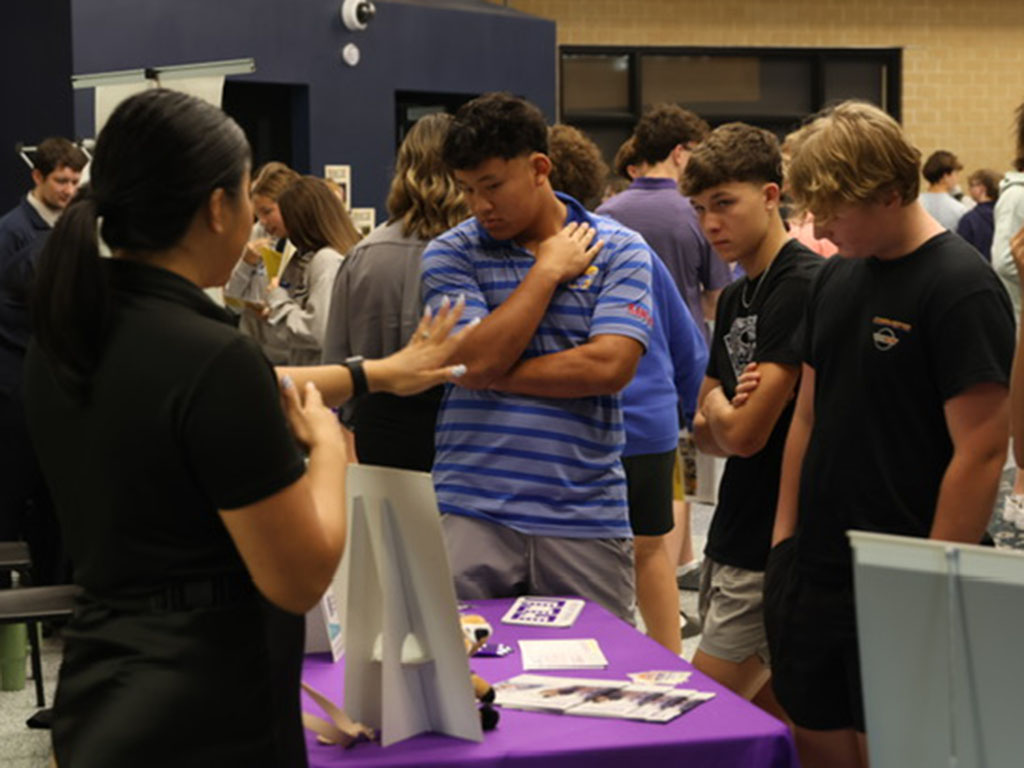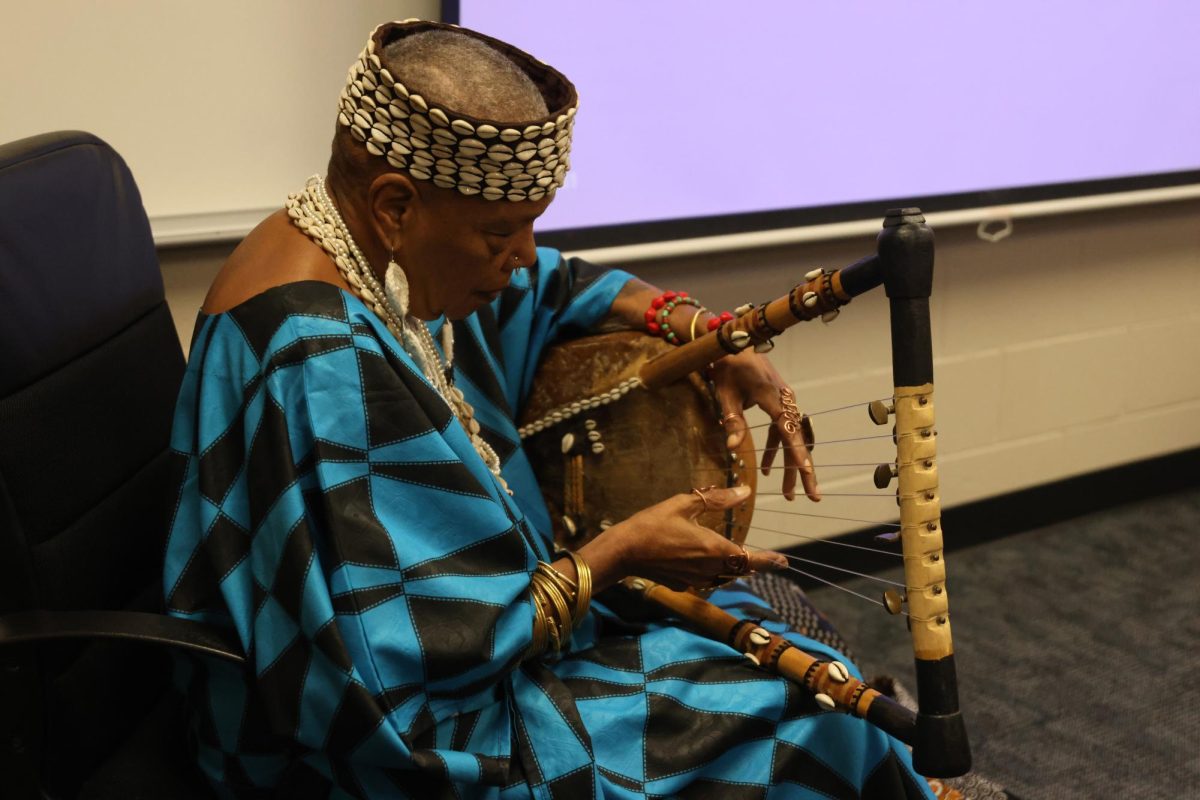The school has been open for 25 years, and there are six teachers that have been here since the beginning. They have seen the school grow and change; they’ve seen traditions come and go, and the school grow. They are the school’s roots, their influence and curriculum has reached generations of students.
For Registrar Deana Thom, one of the most noticeable differences is the size of the school, both physically and in population.
“When the school first opened there were three secretaries, and at that point, we only had one counselor,” Thom said. “There were 750 ish students when we opened the building.”

Since the school has grown so much, Spanish teacher Edith Paredes is grateful for the sheer number of students she has been able to reach with her teaching.
“The one thing that I’m very grateful for is the fact that the school is so much bigger [so] I have the opportunity to share my culture with more kids,” Paredes said. “I can reach out to more kids and teach them all about Spanish and the culture and how they would benefit from learning a different language. The [students] that stick around until AP Language and Culture have learned to appreciate the culture and the language and they have fallen in love with it.”
In the past 25 years, the school isn’t the only thing that has changed; the students that fill the halls have also grown. This is something science teacher and football coach Eric Thomas has noticed.
“Great kids [who] still have pretty high academic accountability, and we just continue to grow and grow, and things get better and better,” Thomas said. “We have the most awesome kids in the state.”
Not only did the population growth evolve the kinds of students the school had, but it also changed how the school was categorized. PE teacher, Travis Keal, has seen this firsthand.
“When we first started here, we were a 4A school,” Keal said. “Grey Oaks wasn’t even here yet. Houses were starting to be built, [which made the] population go up, and we went from 4A to 6A.”
Additionally, the school’s traditions have also evolved in many ways. Thom noticed that one of the biggest changes in these traditions was homecoming.
“Back when everyone had lockers, and kids hung out in the locker banks by grade level [during] homecoming [week], they would, and still do, decorate the halls,” Thom said. “We would judge the decorations of the hallways. The homecoming parade used to be during the day, we would take the afternoon [off], and we would start [the homecoming parade] by the elementary schools. The elementary schools and Monticello Trails Middle School would bring all their kids out and line the roads. It felt like Homecoming was more of a community thing. It was so much fun to see the roads lined with all of these kids from our district, and kind of pepped them up to be a Jaguar someday.”
Thom, Keal, and Sedgwick miss some of the lost traditions of the school, however, Keal recognizes that there are new traditions that have made a positive impact.
“We [now] recognize a lot of the [school] programs, whether it be football, volleyball, wrestling, debate, cross country, band, dance or cheer,” Keal said. “People do good and it needs to be recognized, and we do a good job of that.”
With new traditions, and more generations of students, the school has become more like a community. English teacher Sara Sedgwick has noticed students being more united.
“When the school first opened, no one really had any pride,” Sedgwick said. “Now I feel like students are proud to come here and that’s because of the school spirit.”





















